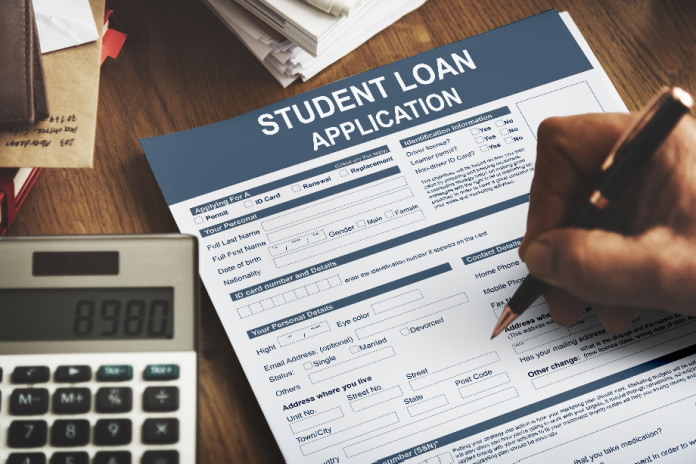A student loan is money that you are able to borrow from the federal government to fund your education. Student loans, like most loans have to be paid back over a certain period of time with interest. If you are getting a federal student loan for the first time, it might be a good idea to read up on the process. You will need to be armed with all the information you can so that you are completely knowledgeable about the process.
What Type Of Federal Student Loans Can You Receive?
The student loan program is administered under the U.S. Department of Education. There are four different types of federal loans to choose from:
- Direct Subsidized Loans – These loans are for undergraduate students who have shown financial need to help cover the cost of attending a college.
- Direct Unsubsidized Loans – You can receive this type of loan if you are an undergraduate or graduate. But financial need is not one of the criteria.
- Direct Plus Loans – This type of loan is not based on financial need. It is to help graduate and professional students pay for expenses not covered by financial aid.
- Direct Consolidation Loans – You can combine all of your loans together for one single loan.
What Is The Difference Between A Private Loan and A Federal Loan?
The federal student loan funds come directly from the government. There are different rules, regulations, and laws that govern student loans. The loans have certain interest rates, and repayment plans that are driven by income.
Private loans are made by private state based organizations like credit unions, banks, and other state organizations. They are often more expensive than regular federal student loans.
Additionally, private and federal student loans have different standards in the following categories: credit check, repayment plans, tax benefits, postponement options, subsidies, loan forgiveness, and prepayment penalties.
Why Should You Take Out Federal Student Loans?
The loans can be considered as an investment. There is nothing you should worry about when taking out a loan. You should just do it in the right way so you wont be overburdened in the end. Federal student loans have a number of benefits. You should consider the following when funding your college education:
- The federal student loan interest rate is fixed. It is lower than credit cards and private loans.
- Unlike a private loan, the federal student loan requires no co-signer or credit check.
- The repayment schedule with the doesn’t start until after you graduate or leave school.
- If you have financial need, some of the interest is paid by the government.
- The federal student loan programs offer flexible plans that can be tailored to your financial situation.
- If you work in certain job sectors, you could have some of you loans forgiven.
How Do You Apply For A Student Loan?
If you would like to apply for a student loan, the first thing you need to do is fill out a federal student aid application (FAFSA) and submit it. All colleges and universities within the U.S. use FAFSA to determine the funding eligibility. You can fill out the application yourself, and your parents, depending on your status will have to fill out portions as well. Some of the information you must supply:
- Bank Statements
- Income Tax Returns
- Social Security Number
Once all of this information is received, your eligibility will be determined. You will also receive what is known as a reward letter, which will show how much money you can borrow.
How Much Money Are You Able To Borrow?
To get an accurate amount of how much you may need to borrow, you should look at the costs you will incur over a four year period. You will need to have enough to pay tuition, housing, books, fees, and other incidentals. This could realistically run into the mid high figures.
In most cases, you with the Direct Subsidized Loans and the Direct Unsubsidized Loans, you can borrow anywhere between $5,500 and $12,500 per year. This all depends upon the school you attend, the year, and dependency status.
If you are a graduate student, you can borrow more. For the Direct Unsubsidized Loans and the Direct PLUS Loans, you can borrow up to $20,000 each year. The loan can be used to cover other costs while in college.
You should also look at the what type of loans you need, the interest rates, and how much you will need to pay back. Once you graduate, you will only have a short window to being the repayment process. In most cases, repayment starts a year to six months after you graduate.
Being A Responsible Borrower
Stay updated on how much you’re borrowing. You also need to understand how future repayments will affect you. Will you have the job that has the salary to support your future payments? Never borrow more than you can afford to pay back. Before you fill out an application for loans, it’s a good idea to research how much your field will pay. Once you have a good idea of how much you stand to make, you will have a better idea of how much to borrow. Understand your loan terms, and make sure you may your payments on time so you don’t default. Make sure your account with your loan servicer if up and accessible so you can stay abreast of any changes.
If you need to know more about the student loan process, feel free to go to the FAFSA website. You can get all the rules and regulations regarding the financial aid process and fill out an application for student aid.
